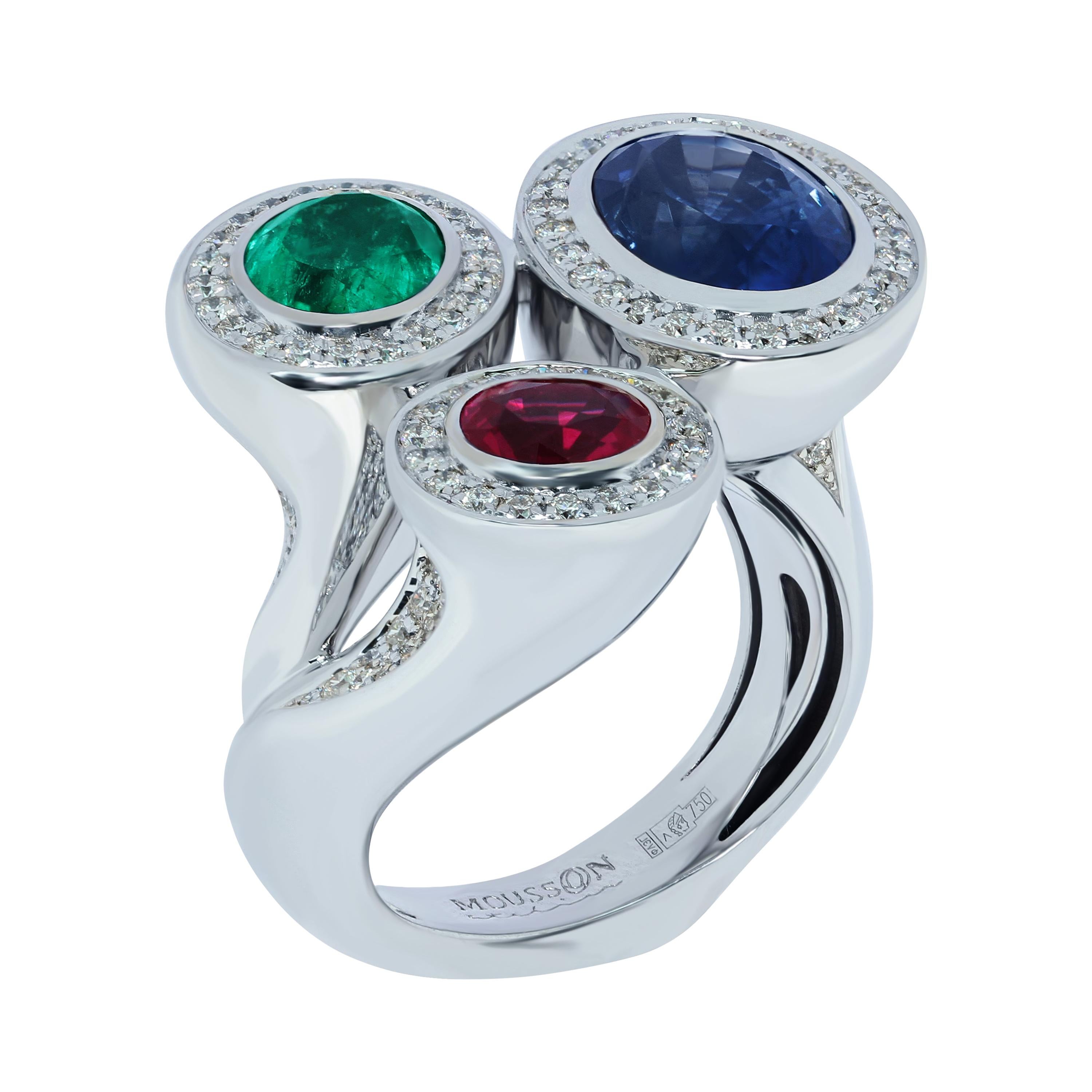
Rigato is on luminous display in the house’s Macri collection of earrings, cuff bracelets and other accessories. It involves the engraving of a precious metal with a series of parallel lines to achieve a fabric-like effect. One of the time-honored engraving techniques that has come to characterize Buccellati’s work - techniques that require apprenticeships and training in the fine jeweler’s workshops - is called rigato. The house’s work is typified by intricate gemstone settings that emphasize their natural color and dense engraving techniques that transform the texture of gold.

Owing to the founder’s advanced metalworking skills, the brand is known for designs that feature metal with the delicacy of lace and draw on the wonders of the natural world. The family lineage is also said to include 18th-century jeweler Contardo Buccellati.

His pieces were exquisite, yet the gemstones themselves were never too flashy, elevated instead by the designs’ intricate metalsmithing.Ī love of tradition set Mario and his fine jewelry house apart in the competitive Italian market and remains a point of pride for the family, which is still closely tied to the business even as it is now owned by Richemont, a luxury conglomerate that also counts Cartier and Van Cleef & Arpels among its subsidiaries.Ī young Mario Buccellati apprenticed with famed goldsmith Beltrami e Besnati in the early 1900s, although many of the goldsmithing techniques synonymous with Buccellati go as far back as the Italian Renaissance.

The Ancona, Italy–born jeweler’s workmanship was in a class of its own.

In 1919, Mario Buccellati (1891–1965) launched his eponymous jewelry house with the opening of his first shop in Milan and quickly built a reputation for his richly embellished traforato, or finely pierced goldwork.


 0 kommentar(er)
0 kommentar(er)
